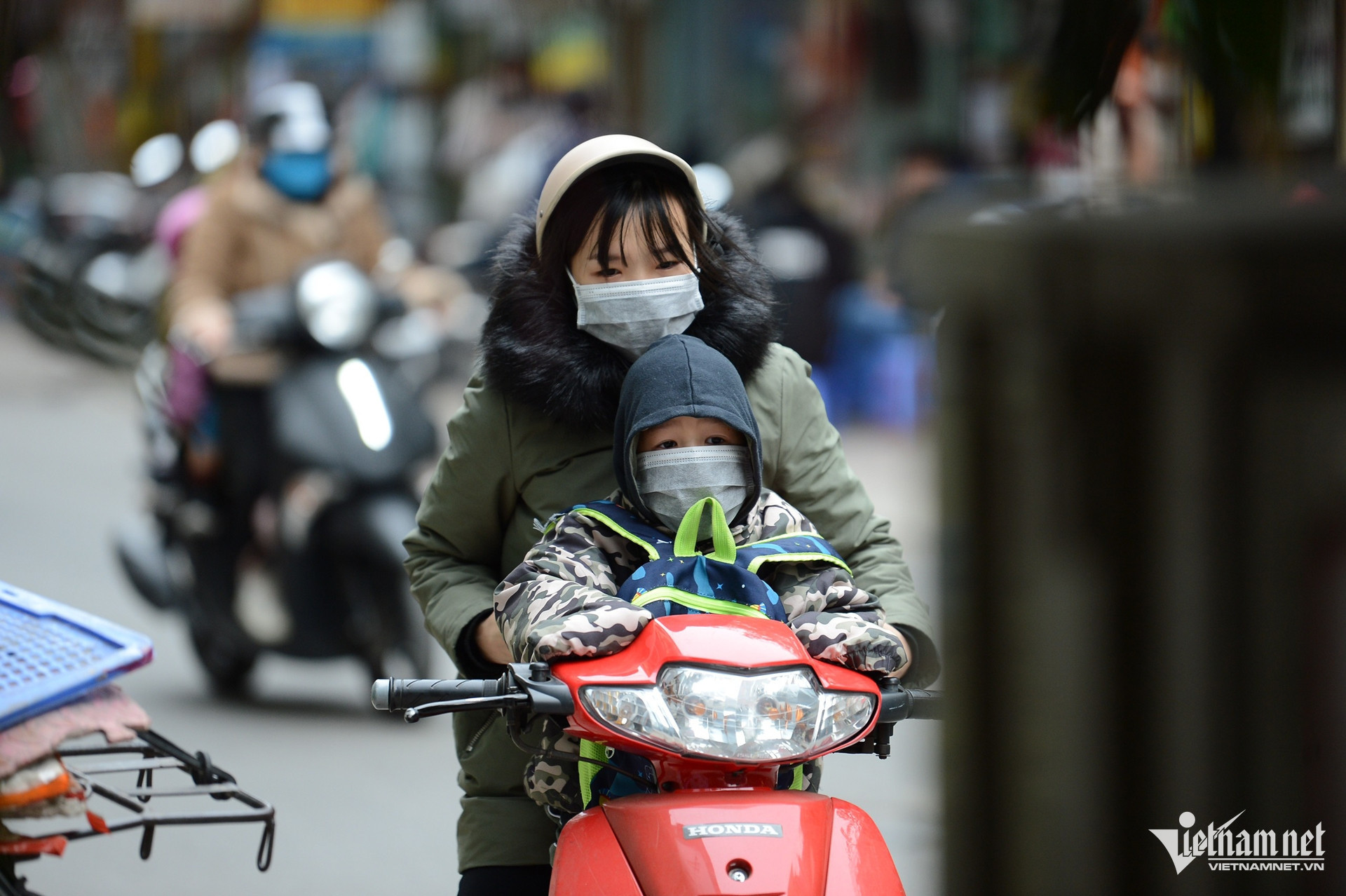
In the northern regions, some mountainous areas may see temperatures drop below 5°C, while Hanoi’s coldest nights are forecasted to reach 10°C.
Weather patterns and impacts
According to the National Center for Hydro-Meteorological Forecasting, a cold air mass from the north is moving southward.
It is expected to reach the northeastern regions on January 9, affecting northern and central provinces, including the northern midlands and mountains.
From the night of January 10, the cold front will strengthen further, spreading to northwestern provinces, parts of central provinces, and even some areas in southern central Vietnam.
Strong northeastern winds will accompany the cold front, reaching levels 2–3 on land, and 3–4 in coastal areas.
The lowest temperatures in northern provinces and northern central regions will range from 10–13°C, with mountainous areas experiencing 6–9°C.
High-altitude locations could drop below 5°C.
In central provinces from Quang Binh to Thua Thien Hue, temperatures are expected to range between 15–18°C.
Hanoi’s weather during this period will be cold, with minimum temperatures between 10–13°C.
Rain and storms expected
From the night of January 9, regions from Ha Tinh to Binh Dinh will experience rain and thunderstorms, with isolated heavy rainfall.
Thunderstorms may bring whirlwinds, lightning, and strong gusts, posing risks to crops, infrastructure, and public safety.
Over the northern section of the East Sea, winds are forecasted to intensify to levels 6–7, with gusts reaching 8–9 by the afternoon of January 9.
Rough seas are expected, with waves reaching heights of 4–6 meters.
In the Gulf of Tonkin, central East Sea areas, and coastal waters from Quang Tri to Khanh Hoa, winds may reach level 7 with gusts of 8–9, creating 3–6 meter high waves and rough seas.
Caution for agriculture and transportation
The meteorological agency has warned that the cold air and associated thunderstorms may lead to:
Damage to agricultural activities due to heavy rainfall, strong winds, and thunderstorms.
Potential flash floods in small rivers and streams, as well as landslides in steep terrain.
Localized flooding in low-lying areas.
Disruption to maritime activities caused by strong winds and high waves.
Bao Anh